China’s Yuan Poised to Challenge the US Dollar—But Only If Beijing Loosens Controls
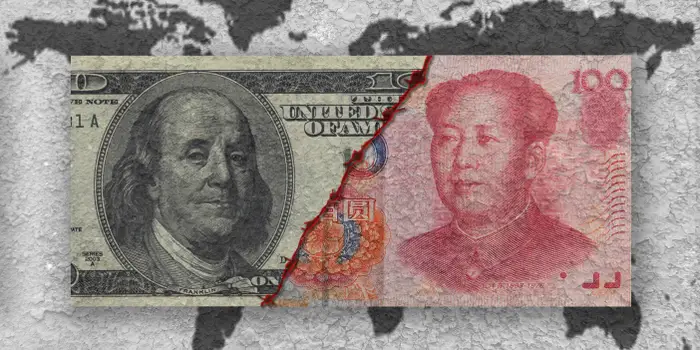
Top economist says broader convertibility and market access could position the renminbi as a credible global currency
China's yuan could emerge as a serious contender to the US dollar on the global stage—if Beijing makes it more accessible and convertible, a leading Asian economist has suggested.
Hoe Ee Khor, chief economist at the ASEAN+3 Macroeconomic Research Office, said China’s centrally controlled currency already plays a growing role in cross-border transactions. But to truly rival the dollar, Beijing must deepen its financial markets and open up access to yuan-backed assets for international investors.
“The era of US dollar exceptionalism is coming to an end,” Khor told the South China Morning Post. “The dollar no longer feels like the safe haven it once was, and the yuan is steadily rising as a viable alternative.”
For China to take the next step, Khor emphasized the importance of expanding existing financial mechanisms like its "connect" programs with Hong Kong, which currently allow foreigners to buy Chinese stocks and bonds without needing special licenses.
However, convertibility remains a sticking point. "You can't encourage global holdings of the yuan without making it freely tradable," Khor noted. "You need both strong assets and convertibility to support global trust."
While China has long aimed to internationalize the yuan to support its economic ambitions, capital controls remain a significant barrier. Yet, pressure is mounting as the global financial landscape shifts.
The US dollar came under pressure last month following a sell-off triggered by sweeping tariffs imposed by former President Donald Trump—many of which targeted China. Although those tariffs were mostly paused, the move raised questions about the long-term dominance of the greenback.
Khor also highlighted Asia’s growing financial resilience, pointing to the Chiang Mai Initiative Multilateralisation (CMIM), a US$240 billion currency swap agreement between ASEAN, China, Japan, and South Korea. Designed to provide emergency liquidity, the CMIM has undergone 15 successful simulations and is prepared to disburse up to US$1 billion within weeks—without needing IMF approval.
“No country has used it yet, even during the COVID-19 crisis,” said Khor. “But the mechanism is in place, and we’re waiting for the right moment.”
Khor remains confident that East Asian economies will weather any future trade turbulence—even if tariffs resume. “The US makes up only 15% of global trade,” he noted. “The rest of the world is still largely committed to a stable, rules-based system.”
As tariff suspensions near their July expiration, many Asian countries are quietly adjusting. Several nations—including Vietnam, Malaysia, and Thailand—have attracted waves of Chinese manufacturing investment in recent years, helping producers sidestep tariffs by increasing the local content of exports.
Khor predicted that when tariff pauses end, the market could see a “positive shock,” as Asian economies look to strengthen regional trade, especially in high-value service sectors like healthcare and finance.
Category: news
25
0


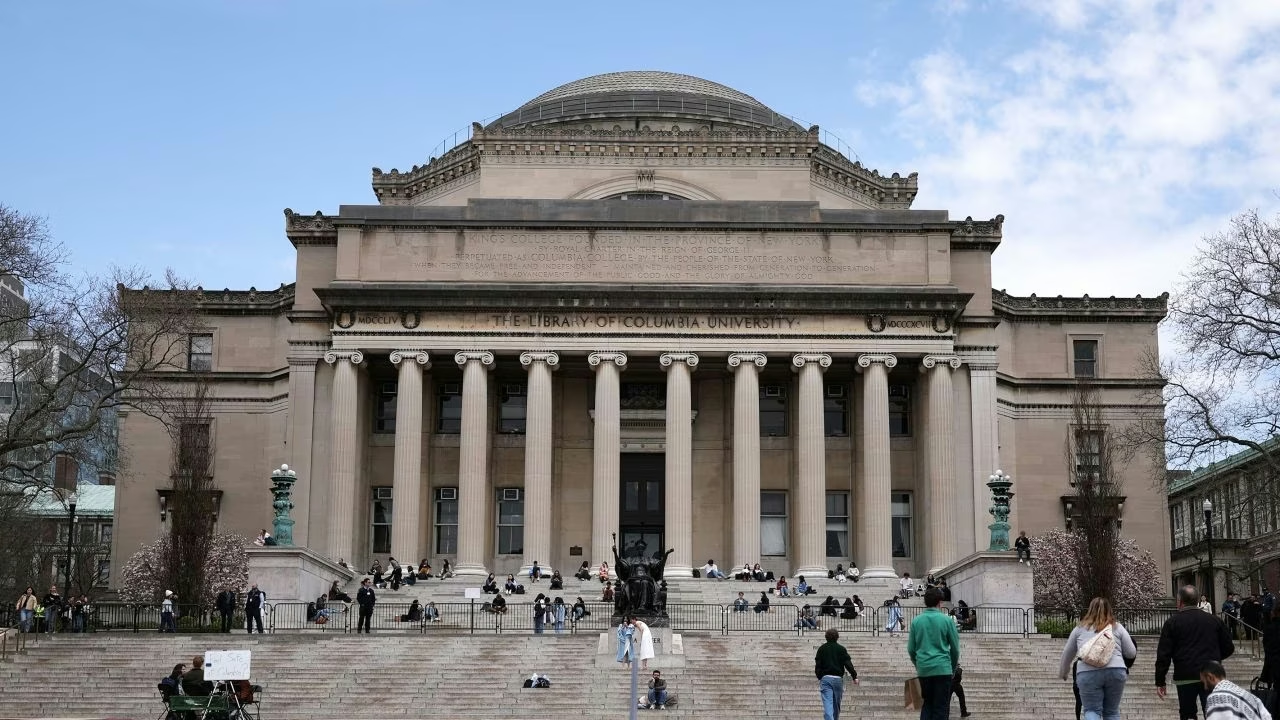




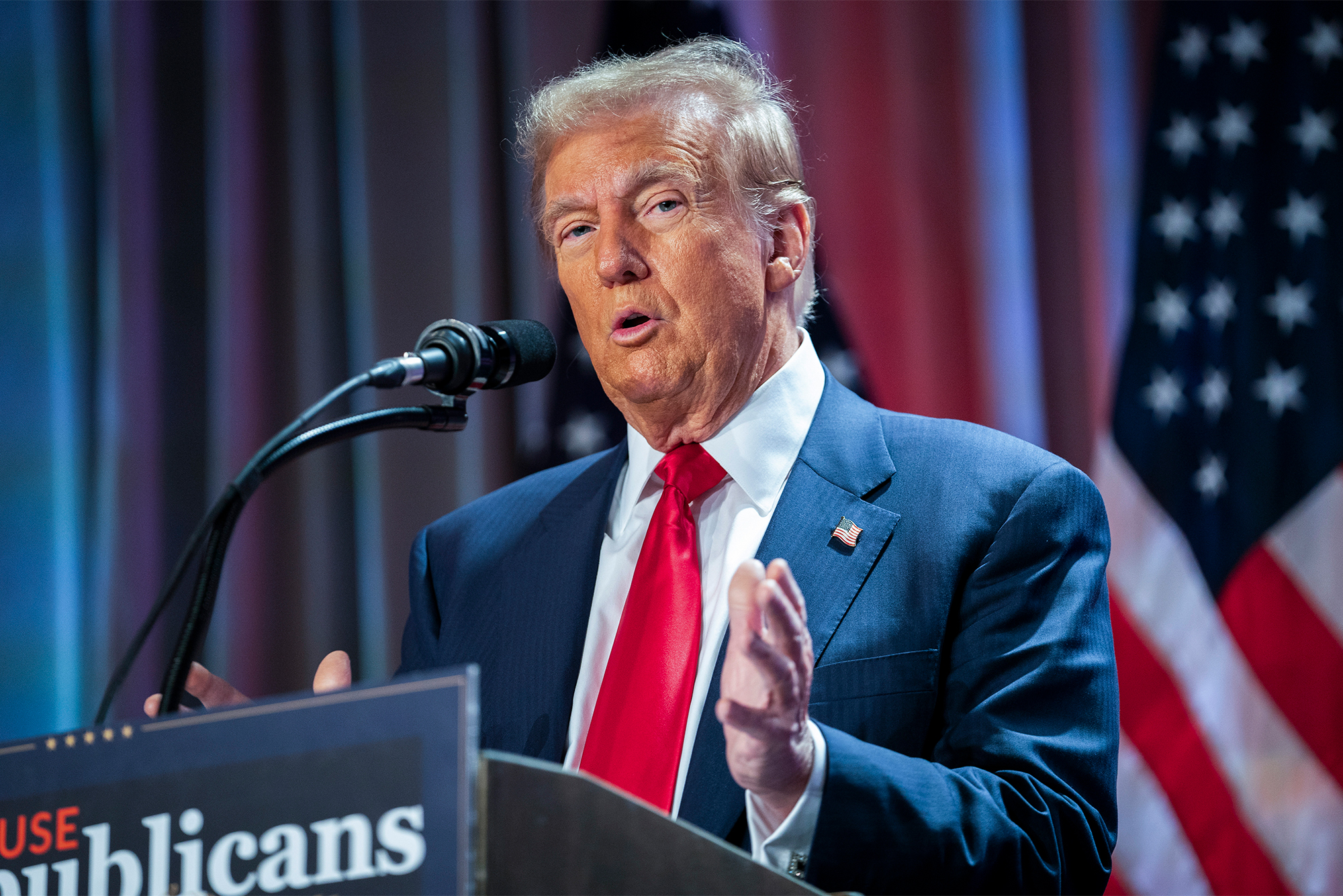
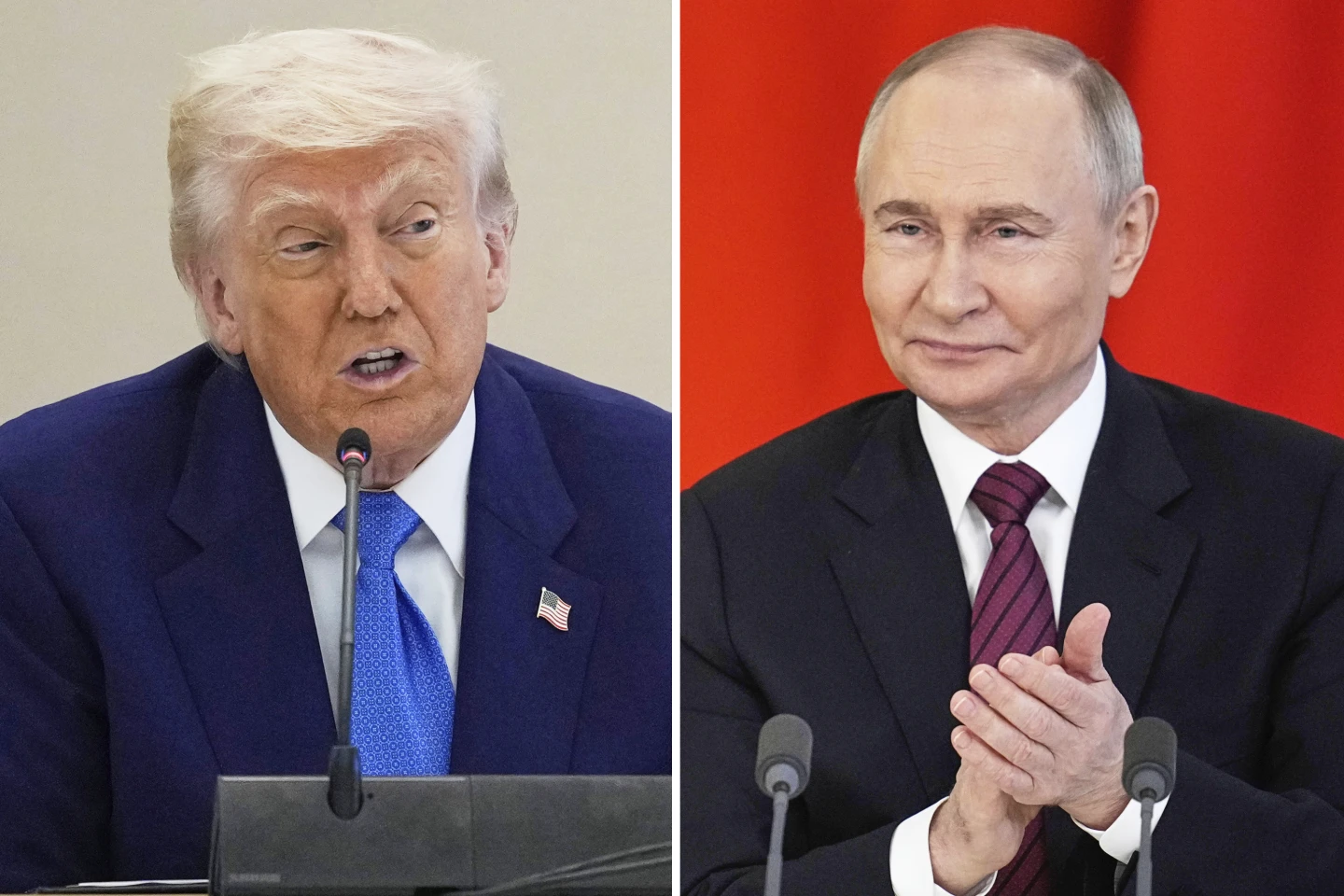






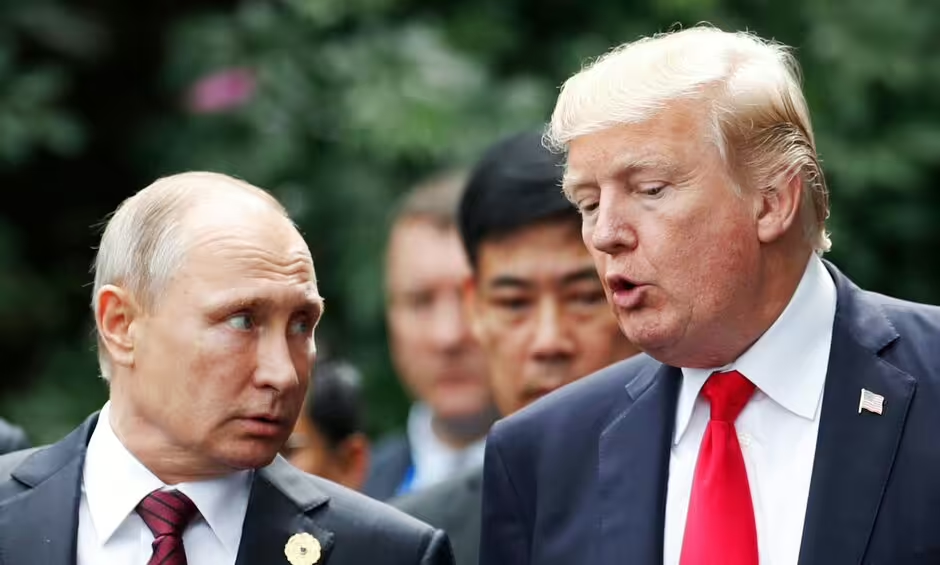










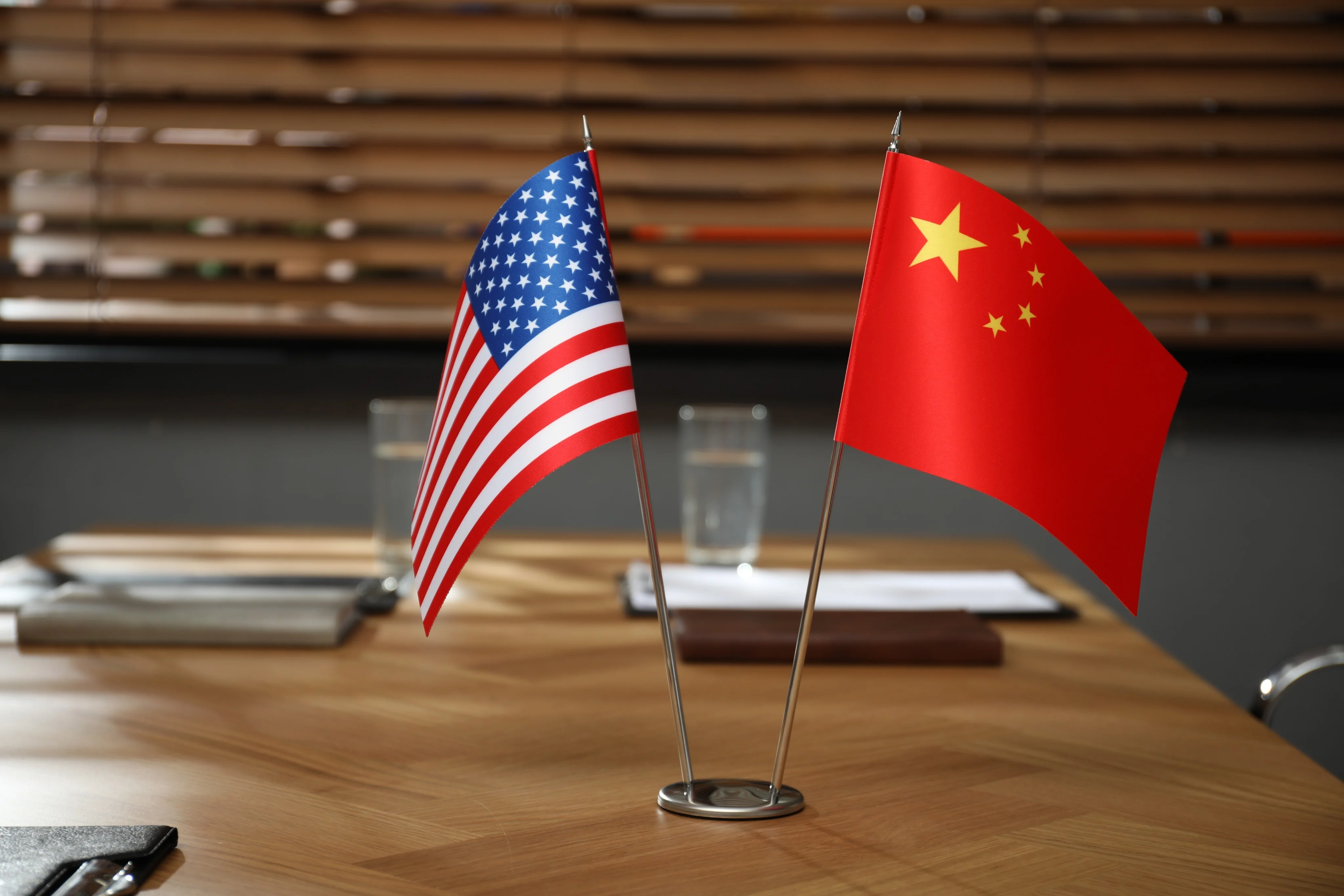




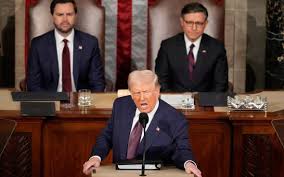

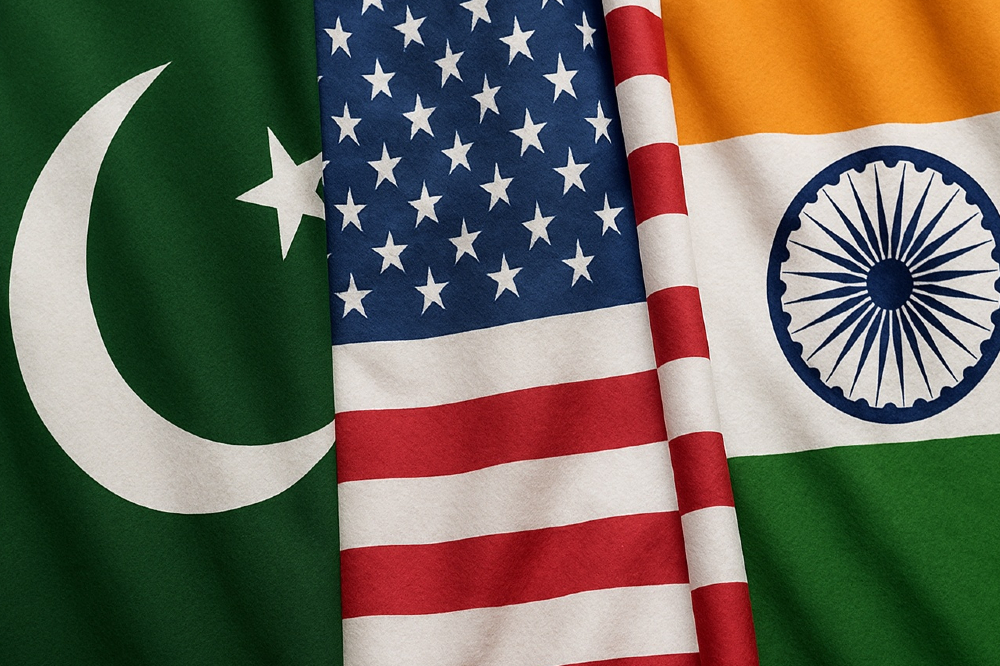
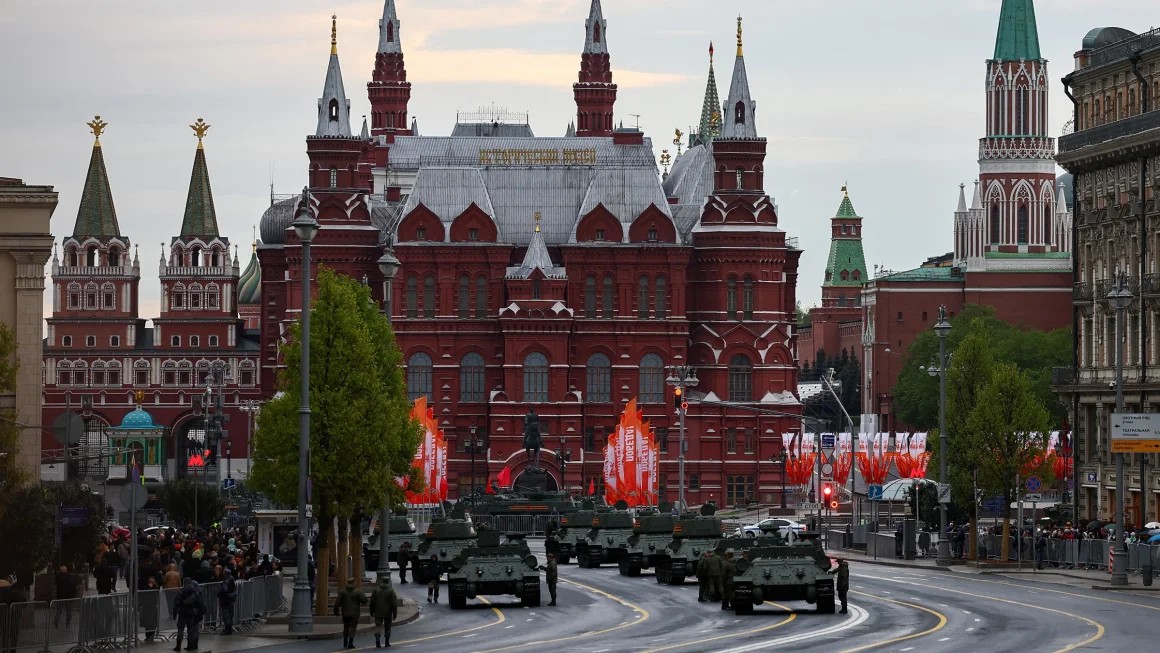
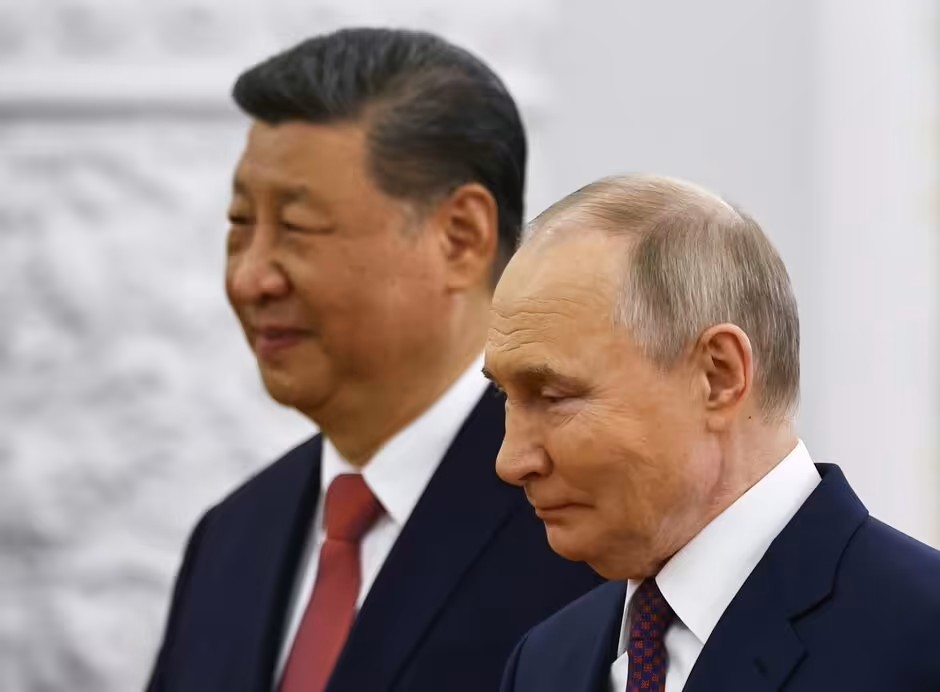









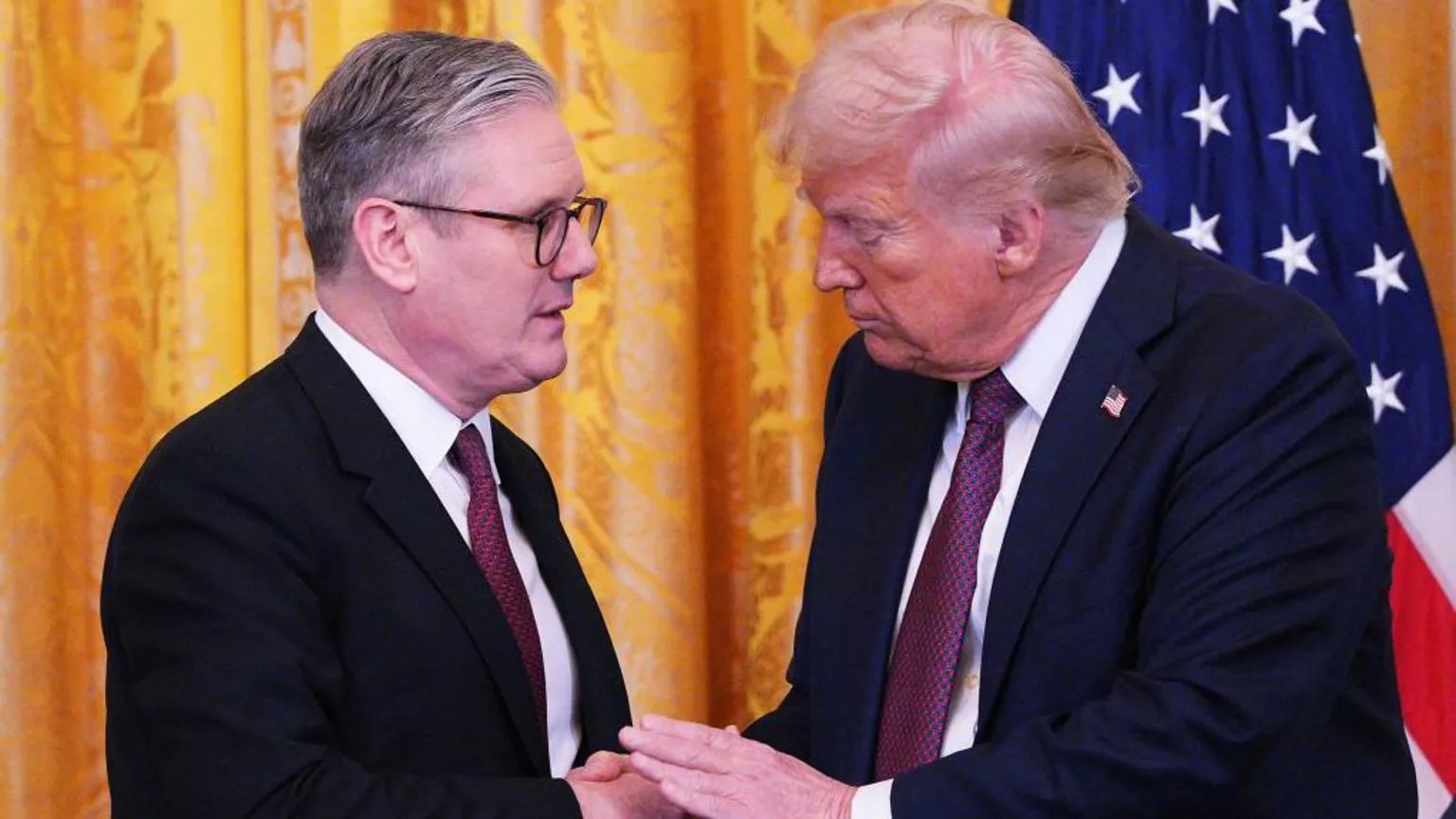

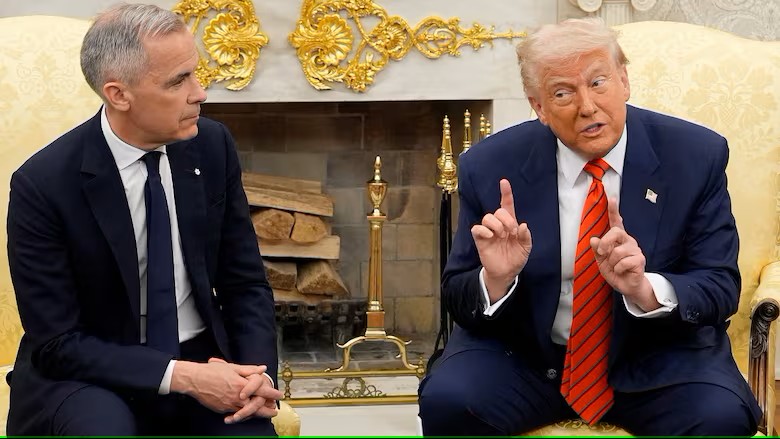





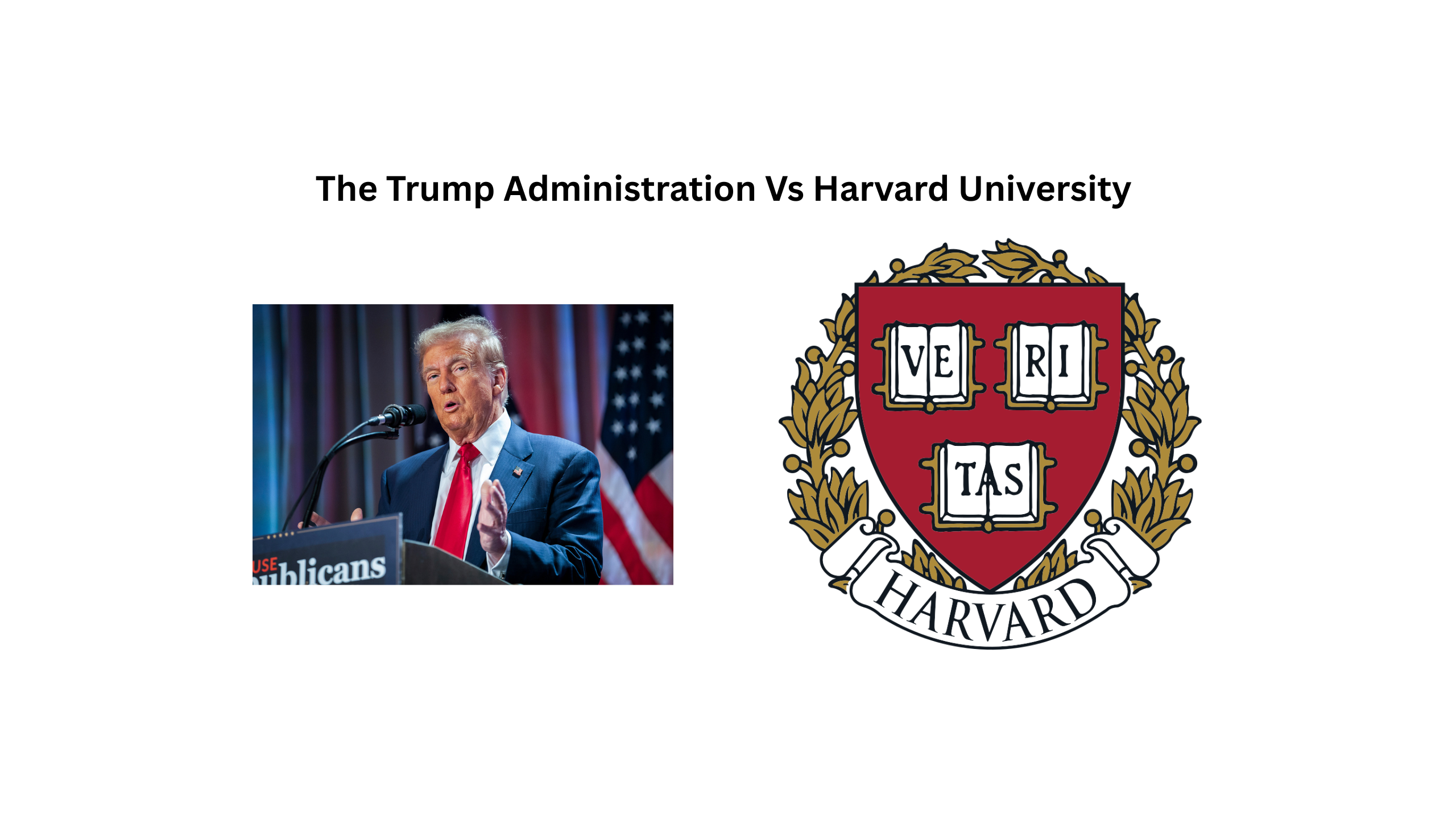






Comments